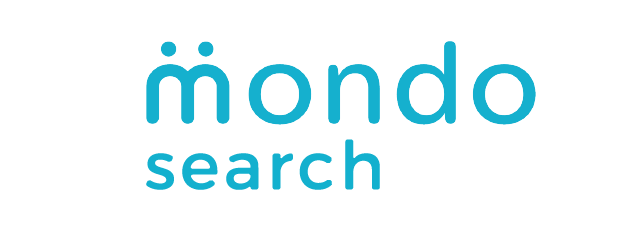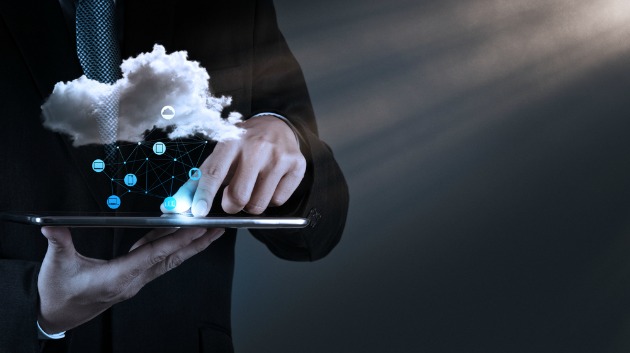Technology is becoming more and more powerful in assisting our effectiveness and efficiency in business. Here are some of our teams’ favourite apps and websites that you could use.
Zoom is the leader in modern enterprise video communications, with an easy, reliable cloud platform for video and audio conferencing, chat, and webinars across mobile, desktop, and room systems. Free to sign up (limitations apply) zoom.us
WeChat users can do just about anything, including play games, send money to people, make video calls, order food, read the news, book a doctor appointment, and more. wechat.com/en/
Slack is where work flows. It’s where the people you need, the information you share, and the tools you use come together to get things done. Slack.com
Trello is a collaboration tool that organizes your projects into boards. In one glance, Trello tells you what’s being worked on, who’s working on what, and where something is in a process. Trello.com
WhatsApp Messenger is a freeware and cross-platform messaging and Voice over IP service. The application allows the sending of text messages and voice calls, as well as video calls, images and other media, documents, and user location. Whatsapp.com
Scanner will turn your mobile device into full-featured, powerful and fast document scanner.
With iScanner you can scan books, receipts, any kinds of documents, paper notes, whiteboards, schedules, timetables – anything you might need in your day-to-day life. Iscannerapp.net
Call us anytime if you want any help or insights – we are always learning from our clients the latest and greatest innovations.

